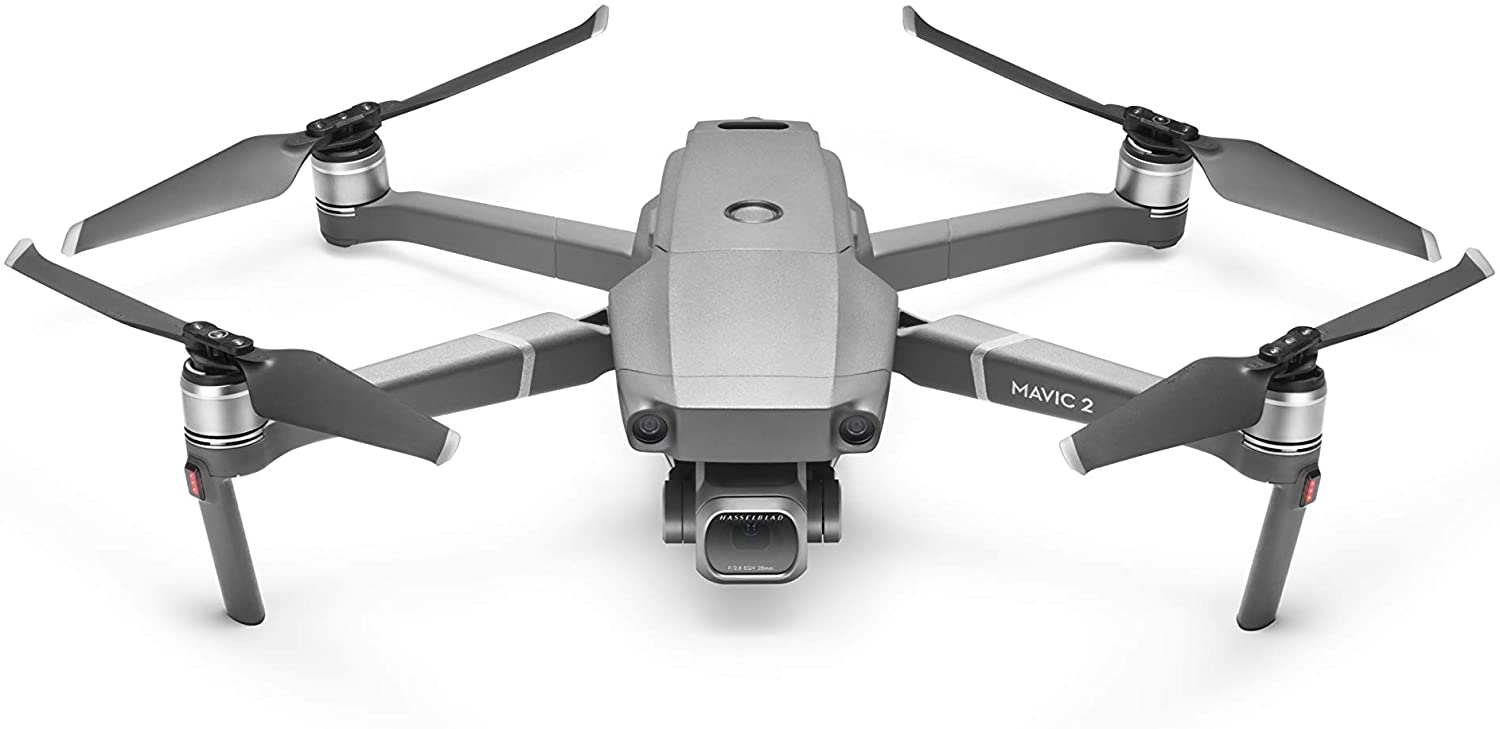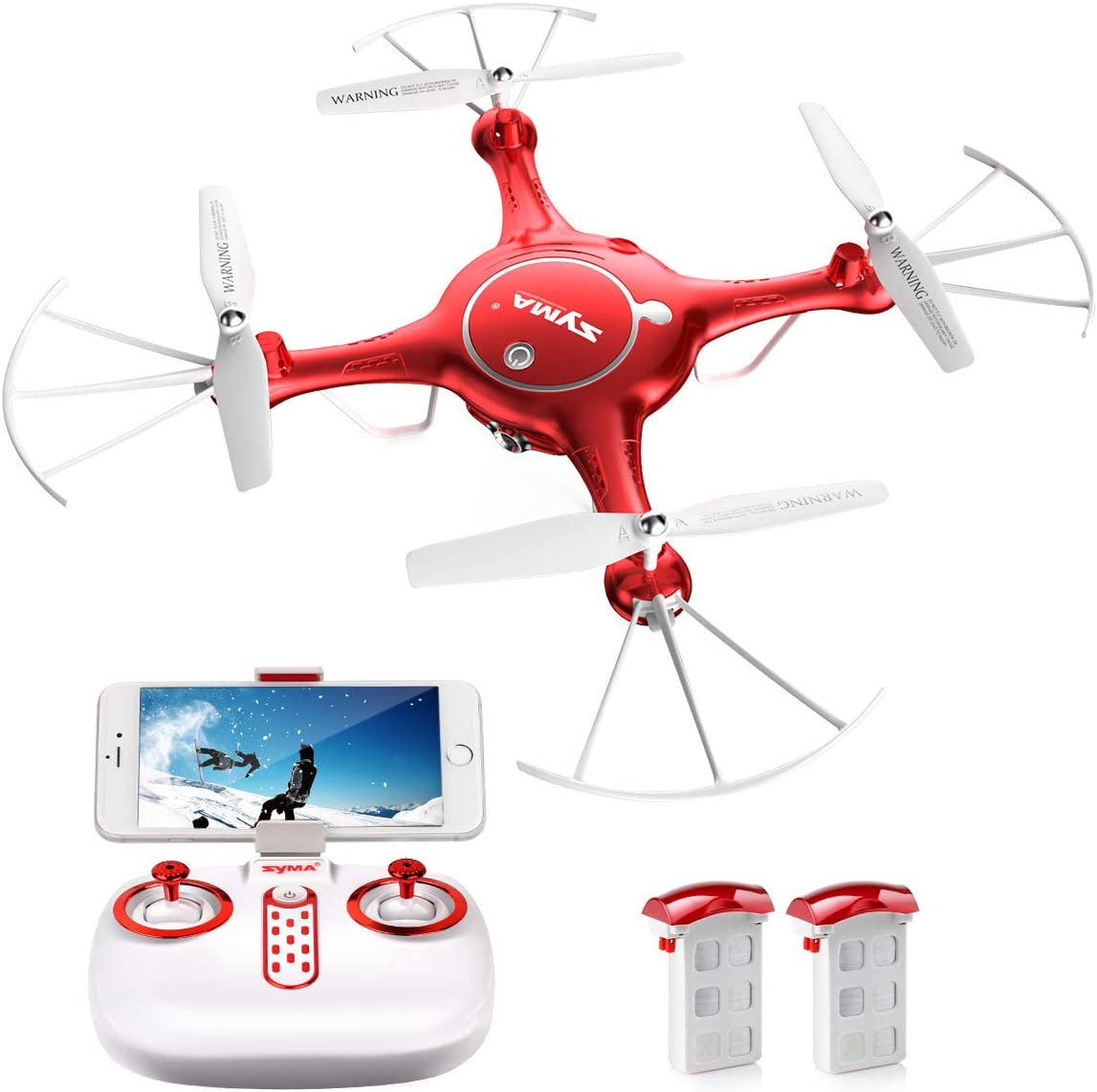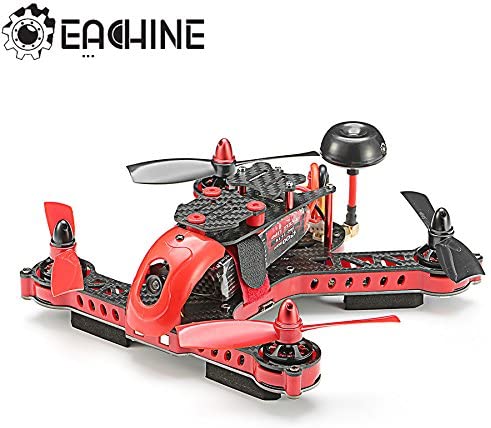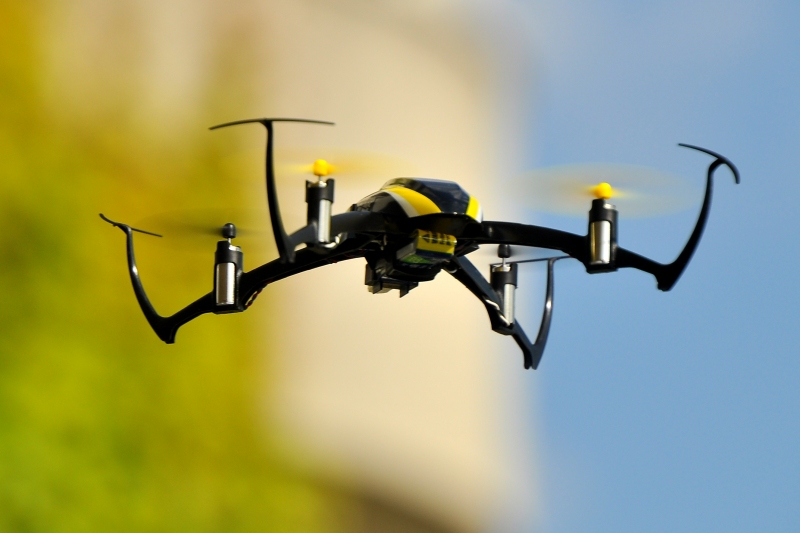Over the past 10 years the use of, and interest in drones that can be used in agriculture have grown astronomically.
Whether being used to understand what the crop yield looks like over expansive fields or just helping improve efficiencies with the ability to cover a much greater area than on foot and not have to pay for all the gas/petrol needed to cover large areas of the ground it’s clear they are here to stay and are becoming much more advanced with each new product release.
Data from Exploding Topcis would suggest that there has been a 7000% rise in searches on search engines for “agriculture drone” in that 10-year time period from 2013 to 2023.
So, with us being the online experts in Drone technology we thought we better take a look at the best ones available if you’re in the market.
Here are five popular agriculture drones:
Table of Contents
- DJI Phantom 4 RTK – The Phantom 4 is equipped with RTK (real-time kinematic) technology for highly accurate mapping and surveying, as well as a 20-megapixel camera for high-resolution imaging.
- Parrot Anafi USA – This drone is designed specifically for the US market and is equipped with a high-resolution camera for detailed imaging, as well as thermal imaging capabilities for detecting temperature variations in crops.
- AgEagle RX60 – A rugged, long-range drone specifically designed for agriculture applications and can fly for up to an hour on a single battery charge.
- PrecisionHawk Lancaster 5 – Features include a 20-megapixel camera and can fly for up to 45 minutes on a single battery charge. It is also equipped with a range of sensors for precise data collection.
- SenseFly eBee X – Lightweight and easy-to-use; equipped with a 20-megapixel camera and can fly for up to 50 minutes on a single battery charge. It is specifically designed for mapping and surveying applications.
Which is the best agricultural drone?
It’s difficult to say which is the best drone from the list above, it all depends on your specific needs and preferences. Some factors to consider when choosing an agriculture drone include the camera resolution, flight time, range, durability, and specific features such as RTK mapping or thermal imaging capabilities. Budget is also one of the main factors. It’s a good idea to do some research and compare the features and capabilities of different drones to find the one that is best suited for your needs.
What is an agriculture drone used for?
Agriculture drones, also known as precision agriculture drones, are used to collect data on crops and fields. This data can be used to improve crop yield, reduce costs, and increase efficiency. Agriculture drones can be equipped with a variety of sensors and cameras, including high-resolution cameras, thermal cameras, and multispectral cameras, which can be used to capture images along with videos of crops and fields. These images and videos can then be used to create maps and models to later analyze and identify areas of a field that may be experiencing problems such as drought stress, nutrient deficiencies, or pest infestations. Agriculture drones can also be used to apply pesticides & fertilizers, as well as monitor livestock.
What are the pro’s and cons of the DJI Phantom 4 RTK
The DJI Phantom 4 RTK is a popular agriculture drone that is equipped with RTK (real-time kinematic) technology for highly accurate mapping and surveying, as well as a 20-megapixel camera for high-resolution imaging.

Here are some pros and cons of the DJI Phantom 4 RTK:
Pros:
- RTK technology allows for highly accurate mapping and surveying
- High-resolution 20-megapixel camera
- Long flight time of up to 30 minutes
- Durable and reliable
- Easy to use
Cons:
- Relatively high price point
- May not have as many advanced features as some other agriculture drones
- Limited to a maximum altitude of 16,404 feet (5,000 meters)
What are the pro’s and cons of the Parrot Anafi USA
The Parrot Anafi USA is a drone designed specifically for the US market, and is equipped with a high-resolution camera for detailed imaging, as well as thermal imaging capabilities for detecting temperature variations in crops.

Here are some pros and cons of the Parrot Anafi USA:
Pros:
- Thermal imaging capabilities allow for detection of temperature variations in crops
- High-resolution camera for detailed imaging
- Compact and lightweight, making it easy to transport
- Relatively affordable price point
Cons:
- Limited flight time of up to 25 minutes
- May not have as many advanced features as some other agriculture drones
- May not be as durable as some other drones on the market
What are the pros and cons of the AgEagle RX60
The AgEagle RX60 is a rugged, long-range drone specifically designed for agriculture applications. It can fly for up to an hour on a single battery charge.
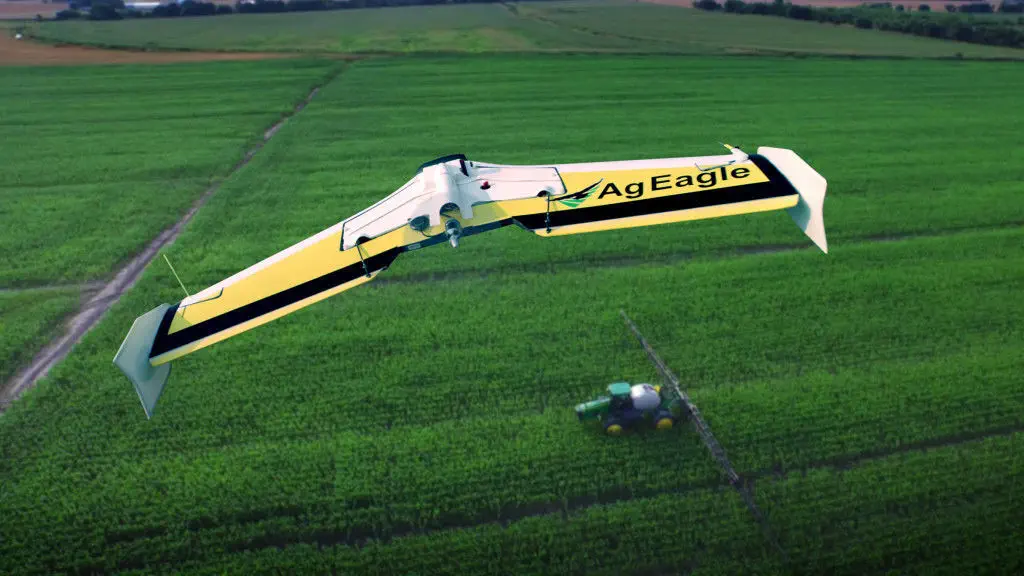
Here are some pros and cons of the AgEagle RX60:
Pros:
- Long flight time of up to an hour
- Rugged and durable design
- Specifically designed for agriculture applications
Cons:
- Relatively high price point
- May not have as many advanced features as some other agriculture drones
- Limited to a maximum altitude of 16,404 feet (5,000 meters)
What are the pros and cons of the PrecisionHawk Lancaster 5
The PrecisionHawk Lancaster 5 is an advanced drone that features a 20-megapixel camera and can fly for up to 45 minutes on a single battery charge. It is also equipped with a range of sensors for precise data collection.

Here are some pros and cons of the PrecisionHawk Lancaster 5:
Pros:
- High-resolution 20-megapixel camera
- Long flight time of up to 45 minutes
- Range of sensors for precise data collection
- Advanced features such as obstacle avoidance and automatic takeoff and landing
Cons:
- Relatively high price point
- May be complex to use for users who are not familiar with advanced drones
- Limited to a maximum altitude of 16,404 feet (5,000 meters)
What are the pros and cons of the SenseFly eBee X
The SenseFly eBee X is a lightweight, easy-to-use drone that is equipped with a 20-megapixel camera and can fly for up to 50 minutes on a single battery charge. It is specifically designed for mapping and surveying applications.

Here are some pros and cons of the SenseFly eBee X:
Pros:
- Long flight time of up to 50 minutes
- Easy to use
- Lightweight and portable
- Specifically designed for mapping and surveying applications
Cons:
- May not have as many advanced features as some other agriculture drones
- Limited to a maximum altitude of 16,404 feet (5,000 meters)
- May not be as durable as some other drones on the market
How far can agricultural drones fly
The range of an agricultural drone depends on the specific model and its capabilities. Some agriculture drones have a longer range than others, and the range can be affected by factors such as the drone’s battery life, wind conditions, and the load it is carrying (such as sensors or cameras).
In general, agriculture drones can fly up to several miles, although the average range is typically a few hundred meters to a few kilometres. Some high-end agriculture drones, such as the DJI Phantom 4 RTK, have a maximum range of up to 13 miles (21 kilometres). However, it’s important to note that the maximum range of a drone is often only achievable in ideal conditions and may be limited in real-world use.
It’s a good idea to check the specifications of a specific drone model to get an idea of its range of capabilities. It’s also important to follow safe flying practices and adhere to any local regulations or laws when operating an agriculture drone.




